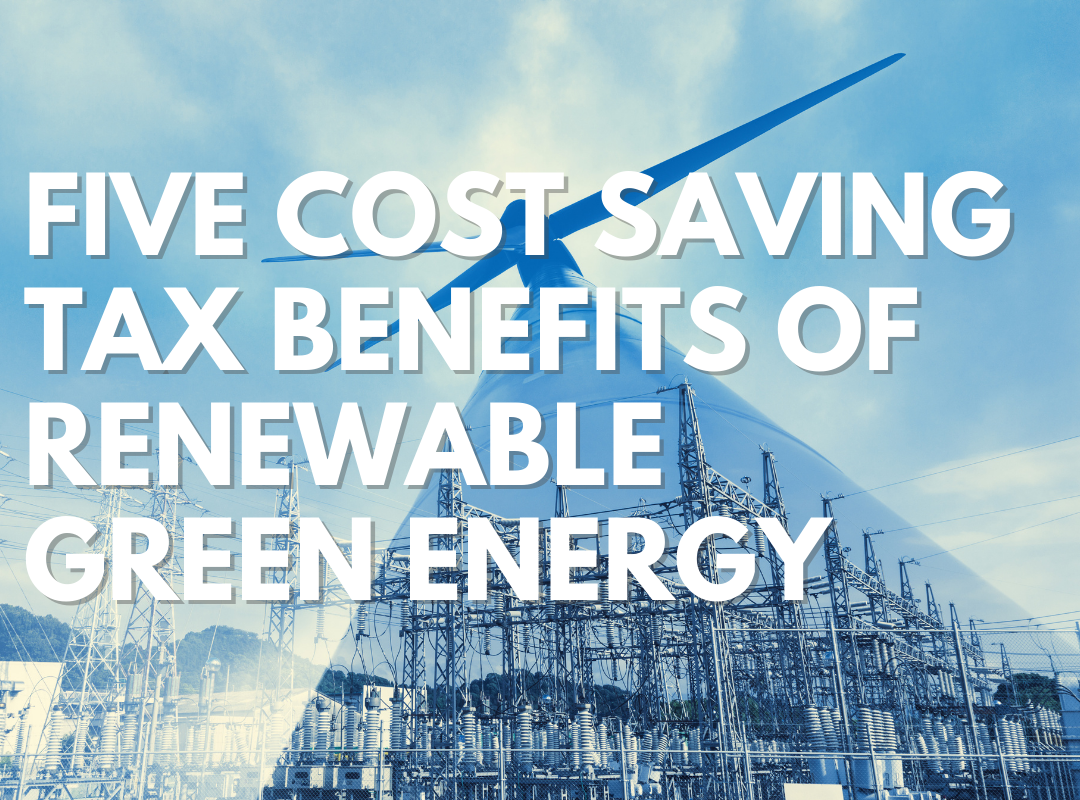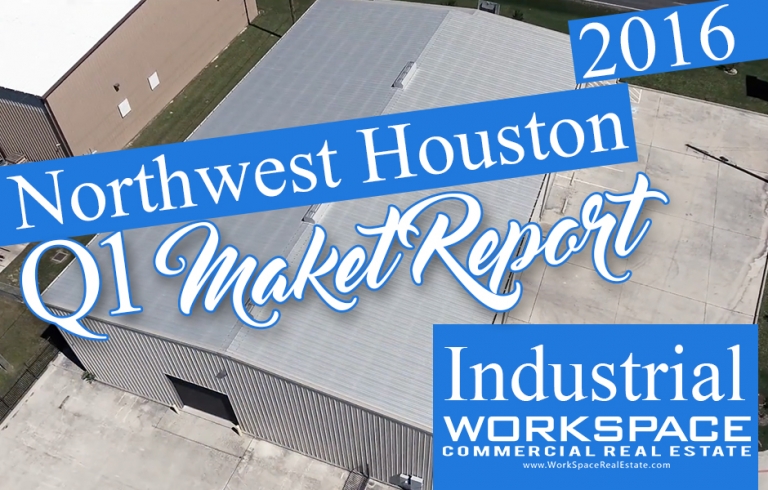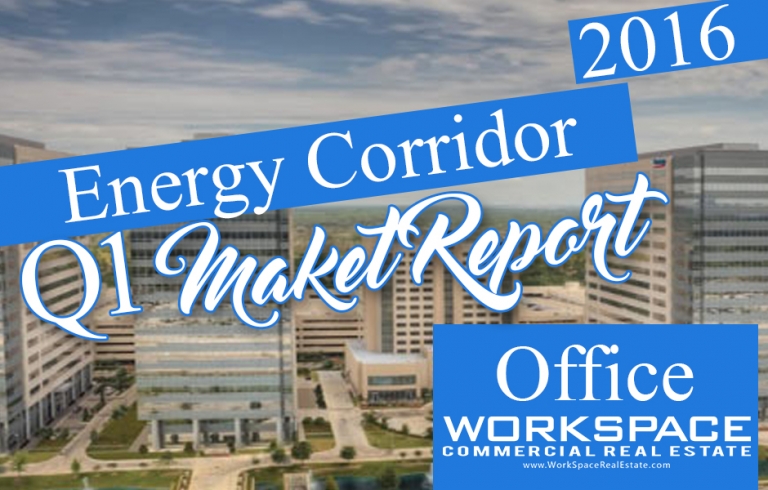Five Cost Saving Tax Benefits of Renewable Green Energy
[fusion_builder_container hundred_percent=”no” equal_height_columns=”no” menu_anchor=”” hide_on_mobile=”small-visibility,medium-visibility,large-visibility” class=”” id=”” background_color=”” background_image=”” background_position=”center center” background_repeat=”no-repeat” fade=”no” background_parallax=”none” parallax_speed=”0.3″ video_mp4=”” video_webm=”” video_ogv=”” video_url=”” video_aspect_ratio=”16:9″ video_loop=”yes” video_mute=”yes” overlay_color=”” video_preview_image=”” border_size=”” border_color=”” border_style=”solid” padding_top=”” padding_bottom=”” padding_left=”” padding_right=””][fusion_builder_row][fusion_builder_column type=”1_1″ layout=”1_1″ background_position=”left top” background_color=”” border_size=”” border_color=”” border_style=”solid” border_position=”all” spacing=”yes” background_image=”” background_repeat=”no-repeat” padding_top=”” padding_right=”” padding_bottom=”” padding_left=”” margin_top=”0px” margin_bottom=”0px” class=”” id=”” animation_type=”” animation_speed=”0.3″ animation_direction=”left” hide_on_mobile=”small-visibility,medium-visibility,large-visibility” center_content=”no” last=”no” min_height=”” hover_type=”none” link=””][fusion_text columns=”” column_min_width=”” column_spacing=”” rule_style=”default” rule_size=”” rule_color=”” hide_on_mobile=”small-visibility,medium-visibility,large-visibility” class=”” id=”” animation_type=”” animation_direction=”left” animation_speed=”0.3″ animation_offset=””]
As Renewable Green Energy Initiatives continue in growth, the cost saving tax benefits become clearer. There are five cost saving, tax benefits of Renewable Green Energy. These include:
. Stable energy prices
. The Energy Investment Tax Credit
. The Modified Accelerated Cost Recovery System
. Solar Renewable Energy Credit (SREC)
. Section 179d
Stable Energy Prices
Renewable Green Energy offers the cost saving, tax benefit of providing stable energy prices. Unlike fossil fuel energy, Renewable Green Energy doesn’t have to compete for global market share or depend on supply and demand. This is the main reason for stable energy prices.
The Energy Investment Tax Credit (ITC)
In the U.S., the Energy Investment Tax Credit (ITC) provides residential and commercial solar energy systems with a 30% federal tax credit under Section 48 for commercial and 25D for residential. The ITC was begun in 2008 and has been extended to 2023 for all solar construction completed by the 2023 expiration. According to SEIA (Solar Energy Industries Association) the ITC has increased solar installations by 1600 percent (Ref. http://www.seia.org/policy/finance-tax/solar-investment-tax-credit). Another benefit of the ITC is the growth of investments is solar energy.
The Modified Accelerated Cost Recovery System (MACRS)
Under the Modified Accelerated Cost Recovery System, the IRS allows commercial businesses to recover the costs of their green building investments through deductions in depreciation of property. This is the most beneficial for buyers of large solar array systems such as those found in New Jersey’s former brown fields. The additional benefit of MACRS is that it encourages the expansion of large solar “farms” that can provide more energy to a larger market of energy consumers.
Solar Renewable Energy Credit (SREC)
One of the most interesting and beneficial of cost saving, tax benefits of Renewable Green Energy is known as Solar Renewable Energy Credit. SRECs are basically credits that can be traded on all electricity that is generated through the use of solar energy. Each a solar powered systems generates 1,000 kilowatts of electricity, a credit is issue that can be traded or sold.
Section 179d
Section 179d is part of the PATH Act of 2015. It is part of the Tax Extenders law incorporated into the Protecting Americans from Tax Hikes Act (PATH). With the Section 179d, the stipulation is for building owners to reduce their total power and energy costs by 50 percent. In this way, building owners save approximately $1.80 for new and existing buildings. The calculations for savings are determined by the IRS using “qualified 179d software and by verifications from Professional Engineers (P.E.).
Thus far, most of the cost saving, tax benefits of Renewable Green Energy are chiefly applicable to solar energy. The reason is cost savings using wind turbines is due to the fact that this form of Renewable Green Energy can only be used in areas that can accommodate the 40 foot high size. With wind turbines, there is still dependency on electricity when wind is limited. In addition to these limitations, the cost of a wind turbine is approximately $12,000 and the wind power generated would take up to 11 years to realize energy savings.
Jessica Kane is a professional blogger who writes for Econoheat., the world’s #1 leading waste oil heaters manufacturer.
[/fusion_text][/fusion_builder_column][/fusion_builder_row][/fusion_builder_container]






